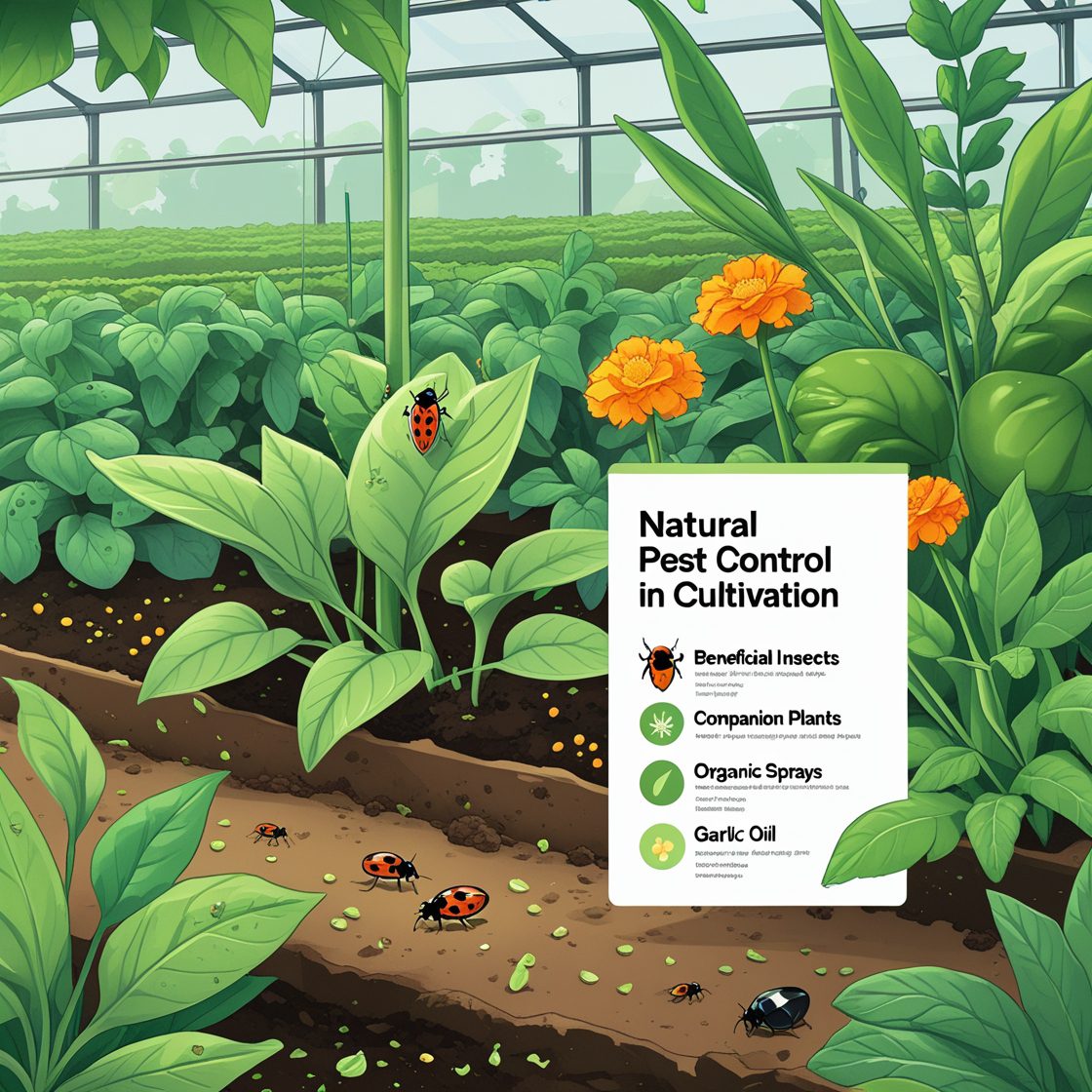Pests are one of the biggest threats to healthy cannabis cultivation. From spider mites to aphids, these invaders can damage leaves, stunt growth, and ruin entire crops. While chemical pesticides might seem like a quick fix, they can compromise the purity of your product and harm beneficial insects. Fortunately, natural pest control offers a sustainable, plant-friendly solution that aligns with organic growing practices. In this post, we explore effective natural pest control methods and the benefits of going chemical-free.
Why Avoid Chemical Pesticides?
Chemical pesticides may eliminate pests quickly, but they leave behind harmful residues that can end up in your final cannabis product. These residues not only affect flavor and safety but can also make products non-compliant with regulations, especially for medicinal cannabis. Additionally, pesticides can kill pollinators, disrupt soil microbes, and harm water systems.
Effective Natural Pest Control Methods
1. Beneficial Insects
Introducing predatory insects helps maintain ecological balance in your grow space.
Ladybugs
eat aphids and soft-bodied insects.
Lacewings
target spider mites and thrips.
Predatory mites
help control other mite species.
These allies do the work for you while leaving your plants unharmed.
2. Neem Oil and Botanical Sprays
Neem oil is a natural insecticide derived from the neem tree.
- Effective against whiteflies, aphids, and fungus gnats
- Acts as a repellent and disrupts insect hormone systems
Use as a foliar spray during the vegetative stage, avoiding direct application during flowering.
3. Companion Planting
Growing specific plants near cannabis can naturally deter pests.
Basil and marigold
repel thrips and whiteflies
Mint
deters ants and aphids
Yarrow
attracts beneficial insects
This method supports biodiversity and can even enhance terpene profiles through plant interactions.
4. Diatomaceous Earth
This powdery substance, made from fossilized algae, creates a hostile surface for crawling insects.
- Safe for humans and pets
- Best applied around the base of plants or in soil
It damages insects’ exoskeletons, causing them to dehydrate and die.
5. Sticky Traps
Yellow or blue sticky cards help monitor and reduce flying insect populations.
- Effective against fungus gnats, whiteflies, and leaf miners
- Hang near plant canopies or soil surface
They act as both traps and early detection tools.
Best Practices for Natural Pest Control
Rotate methods
Prevent resistance by varying your control strategies.
Regular monitoring
Check plants daily for signs of infestation.
Sanitation
Keep your grow area clean to reduce pest habitats.
Healthy plants
Stress-free plants are less susceptible to pests.
Benefits of Natural Pest Control
Chemical-free crops
Ideal for organic and medical-grade cannabis
Environmental safety
Protects beneficial insects, soil, and water systems
Long-term prevention
Creates a balanced ecosystem that discourages outbreaks
Cost-effective
Many natural methods are affordable and reusable



